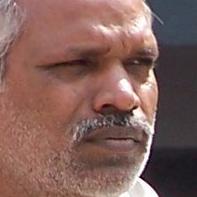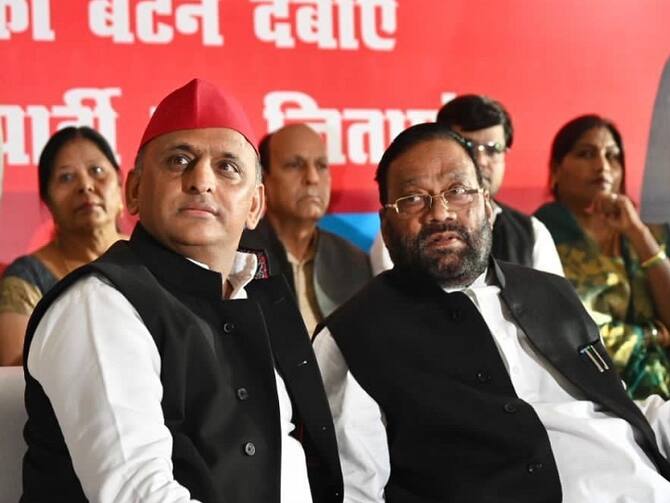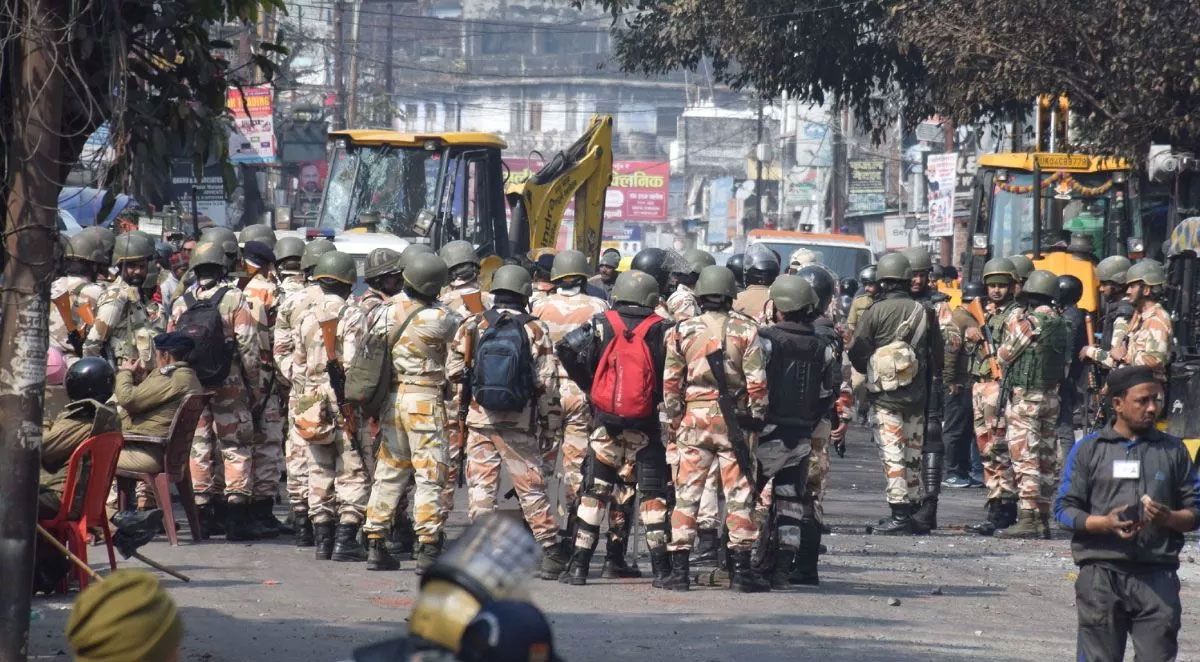What was the people’s mandate in the 2014 assembly polls held in Jharkhand in November and December? What role did the “Modi wave” play in the elections and how much of it was a media creation? Prior to answering these questions, one needs to know which party represents which social class in the state.
Tribal areas and political parties
Of the 81 assembly constituencies in Jharkhand, 28 are reserved for Tribals and nine for SCs. The seats reserved for Tribals are spread over an area that has traditionally been inhabited by Ho, Munda, Khadia, Oraon and Santhal tribes. Other tribes such as Pahadia, Asur, Birhor and Birjiya also inhabit the state but the tribal seats are shared by only four major communities – Ho, Munda, Santhal and Oraon. Almost half of these constituencies border West Bengal, Bihar, Odisha and Chhattisgarh. They, in a sense, encircle the industrial and urban areas of the state.
 The BJP could win tribal seats mainly in the Santhal-dominated areas, though it has also won Dumka, Borio, Potka, Khunti and Simdega – constituencies dominated by the Ho, Munda and Khadia tribes. Besides, the BJP has also won from Khijri, Mandar, Sisai, Gumla and Manika. These are Oraon-dominated areas, though in the interior areas of Sisai and Gumla, there is a sprinkling of the Khadia population, too. All Jharkhand Students’ Union (AJSU) has won the Munda-dominated Tamad and Oraon-dominated Lohardaga seats. Geeta Koda won from Kulhan and Anos Ekka bagged Kolebeera seat of Khadia-Munda area. Both are independents. Of the 11 tribal seats won by the BJP, barring Borio, all either are towns, cities, district headquarters and marketplaces or border other states. In contrast, the Jharkhand Mukti Morcha (JMM) has registered victory in 13 tribal seats that are the epicentres of tribal consciousness and struggle. The six other seats where JMM candidates have emerged victorious are Nala, Mandu, Dumri, Gomia, Bahragauda and Silli. Among them, only Gomia and Mandu have outsiders, owing to mining and industrial activity. All others have an overwhelming population of tribals and Moolniwasi Sadaans. It means that of the 19 constituencies won by the JMM, 13 are purely tribal while four are dominated by the Sadaans. The JMM has won only two seats where there is a mixed population of Sadaans and outsiders. The conclusion is obvious. Despite the JMM straying from its original course, a majority of the Tribals and the Sadaan community still consider the party as its political representative. The chasm between the JMM and the outsiders persists and has, in fact, widened.
The BJP could win tribal seats mainly in the Santhal-dominated areas, though it has also won Dumka, Borio, Potka, Khunti and Simdega – constituencies dominated by the Ho, Munda and Khadia tribes. Besides, the BJP has also won from Khijri, Mandar, Sisai, Gumla and Manika. These are Oraon-dominated areas, though in the interior areas of Sisai and Gumla, there is a sprinkling of the Khadia population, too. All Jharkhand Students’ Union (AJSU) has won the Munda-dominated Tamad and Oraon-dominated Lohardaga seats. Geeta Koda won from Kulhan and Anos Ekka bagged Kolebeera seat of Khadia-Munda area. Both are independents. Of the 11 tribal seats won by the BJP, barring Borio, all either are towns, cities, district headquarters and marketplaces or border other states. In contrast, the Jharkhand Mukti Morcha (JMM) has registered victory in 13 tribal seats that are the epicentres of tribal consciousness and struggle. The six other seats where JMM candidates have emerged victorious are Nala, Mandu, Dumri, Gomia, Bahragauda and Silli. Among them, only Gomia and Mandu have outsiders, owing to mining and industrial activity. All others have an overwhelming population of tribals and Moolniwasi Sadaans. It means that of the 19 constituencies won by the JMM, 13 are purely tribal while four are dominated by the Sadaans. The JMM has won only two seats where there is a mixed population of Sadaans and outsiders. The conclusion is obvious. Despite the JMM straying from its original course, a majority of the Tribals and the Sadaan community still consider the party as its political representative. The chasm between the JMM and the outsiders persists and has, in fact, widened.
Whom are the Dalits with?
Among the nine seats reserved for the SCs, the BJP won five (Chhattarpur, Kanke, Jamua, Devdhar and Chatra); Jharkhand Vikas Morcha (JVM) won three (Latehar, Simaria and Chandankiyari); and the AJSU won Jugsalai. Muslims have won as Congress nominees from Pakud and Jamtada. This means that while Dalits are naturally drawn towards Hindu-led parties like the BJP, the AJSU and the JVM, the Muslims identify with the Congress. Birsa and Ambedkar are poles apart here. The Dalits have nothing to do with the JMM.
Choice of OBCs
The JVM has scored victories in three SC and five general constituencies. Simaria, Chandankiyari and Latehar are SC seats while Hatiya, Daltonganj and Sarath are general seats. All the five winners from the general seats are OBCs. Thus, all the eight JVM seats have come from areas where there is a mixed population of Sadaans and outsiders.
Congress could win only six seats in these elections: Panki, Barhi, Badkagaon, Jarmundi, Pakud and Jamtada. All these are general seats and among the winners, two are Muslims and one is a woman. Among the six winners, probably four hail from OBC communities. In all these constituencies, outsiders have a substantial presence.
The AJSU, which ended up in the fourth position, won five seats. Of these one (Jugsalai) is SC, two (Tamad and Lohardaga) are ST and two (Ramgarh and Daltonganj) are general. Four of these constituencies are overwhelmingly Sadaan while Ramgarh has a large number of outsiders. Daltonganj has sizeable populations of both Sadaans as well as outsiders. The BSP, which opened its account in the state for the first time, won Hussainabad. The victor is an OBC.
The long and short of it is that the OBCs are also not with the JMM. A small section of the OBCs is with the BJP while most of the OBCs among Sadaans and outsiders are with the AJSU and the JVM.
Preferences of outsiders
Of the 37 seats won by the BJP, barring the 16 SC/ST seats, the remaining 21 general seats are from areas that are industrialized and urbanized and that have been encroached upon by outsiders. They are mostly along the state’s borders with Bihar and West Bengal. These seats include Ranchi, Dhanbad, Bokaro, Bermo, Giridih, Kodarma, Jamshedpur, Ghatshila, Dumka and Gumla. The same can be said of the tribal seats that have returned BJP candidates. JVM, Congress and AJSU have won from mostly those areas where outsiders have a decisive influence. Of the 44 general constituencies, JMM has been able to win only six and even these have a majority of the Sadaans. The JMM has not won even a single seat where outsiders have a substantial presence.
It is clear that in these elections, BJP was the first choice and JVM the second choice of outsiders. Some of them are inclined towards the AJSU too but they are yet to adopt it fully as their own party.
Since the Lok Sabha elections, the AJSU had been trying to convince outsiders that after the BJP, they, not the JVM, were the rightful representatives. Traditionally, outsiders have backed the Congress but now they have jumped on the BJP-JVM bandwagon. The JDU and RJD could not even open their accounts in these polls.
Women and leftists
Women have won nine seats, their highest ever representation in the Vidhan Sabha. There were four women members in the first Vidhan Sabha constituted in 2000. Their number grew to five in 2005 and to eight in 2009. BJP’s Meneka Sardar and Vimla Pradhan, JMM’s Sita Soren and independent Gita Koda were members of the last assembly too while BJP’s Gangotri Kuzur, Louis Marandi and Neera Yadav and Congress’ Nirmala Devi are first-timers. JMM’s Joba Manjhi was not a member of the last Vidhan Sabha but she has been an MLA and a minister. Of the nine women winners, two are OBCs while the rest are Tribals.
The left has won two seats. Aroop Chatterjee of Marxist Co-ordination Committee retained Nirsa and Rajkumar Yadav of CPI-ML (Liberation) won the Dhanwar seat, defeating JVM supremo Babulal Marandi in Dhanwar. Dhanwar had been witnessing a close contest between Yadav and Marandi for the past several elections. However, for the first time in 25 years, CPI-ML (Liberation) failed to hold on the Bagodar seat, losing it to the BJP. What is interesting is that while Nirsa is dominated by industrial labourers, both Dhanwar and Bagodar have a peasant majority.
The reality of the Modi wave
In the Lok Sabha elections 2014, the BJP’s share in the votes was 40.71 per cent and it had taken a lead in 57 assembly constituencies in the state. In the assembly polls, its vote share fell to 31.3 per cent and it could win only 37 seats. In comparison, JMM took a lead in twice the number of seats vis-à-vis the Lok Sabha polls, in which it had got 15.20 per cent votes and had taken a lead in 10 seats. In assembly polls, its vote share went up to 20.4 per cent and it won 19 seats. In fact, barring the BJP, the performance of all other parties has improved in comparison with the Lok Sabha elections, both in terms of vote share and number of seats. What is even more important is that in 2009, the BJP had won 18 seats and in 2005, when Modi was nowhere on the scene, the BJP had emerged as the single-largest party with 30 seats. In 2014, the BJP could increase its tally only by seven seats and could not win a majority on its own. So much for the Modi wave. The JMM, on the other hand, added one seat to its 2009 tally and emerged as a strong Jharkhandi party.
Published in the February 2015 issue of the Forward Press magazine
Forward Press also publishes books on Bahujan issues. Forward Press Books sheds light on the widespread problems as well as the finer aspects of the Bahujan (Dalit, OBC, Adivasi, Nomadic, Pasmanda) community’s literature, culture, society and culture. Contact us for a list of FP Books’ titles and to order. Mobile: +919968527911, Email: info@forwardmagazine.in)






